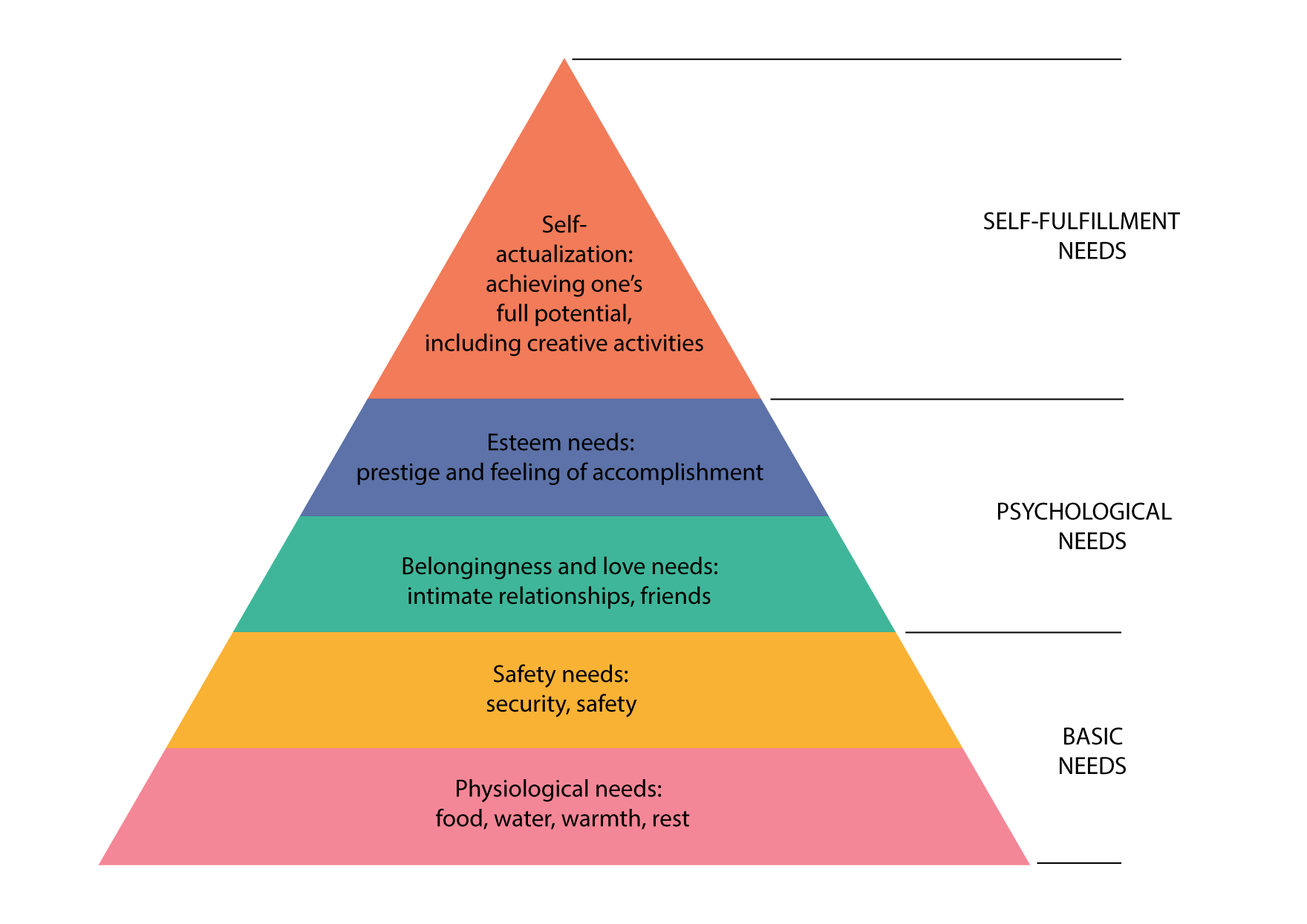a Customer
Service Team
Creating a perfect
working environment
for your support team
As any good manager would, most people in a leadership position deeply care about making sure their team members are comfortable and satisfied with their jobs. After all, when people are happy and feel like they are in a good environment, they usually thrive and do their best work.

So, the benefits are two-fold: you can get productive, excellent work out of your team members, and you can feel good for helping them feel good in turn. But, what are some of the best ways to create the perfect working environment for your team? Great question:
Team building
The term “team building” sounds like something out of an 80s guide book for how to create the best company, but there’s a reason for that: team building has been around since the 80s (and even before then), and will continue to exist long after this book is written because it works. But, the negative association that many people associate with team building is real. A study from Citrix has shown that 31 percent of office workers say that they can’t stand team-building activities. That doesn’t however, negate that they are helpful.
The Small Group Research journal paper “Does Team Building Work?” analyzed data from 103 studies conducted between 1950 and 2007. The cumulative research concluded that team building that avoided forced or shame-building projects and behaviors produced measurable, positive effects on team performance. Harvard Business School agrees. So, what are some of the best ways to team build that leave out the awkward, forced, sometimes-overly-personal nature of traditional exercises?
- Volunteering. Volunteering, giving back and helping your community are the types of activities that everyone feels proud to be involved in, and good about at the end. Because of that, it makes for an excellent group activity: you help your community and do something good, and also do some good for your team. There’s even research that suggests that volunteering regularly actually makes you feel like you have even more time available to you and helps you live longer. Good stuff!
- Sports or physical activities. Not everyone likes sports, but if you keep this activity to a sport that is non-contact like ice-skating, rowing, or bowling you give opportunities to both the competitive extroverts and calculating introverts to have fun and work together. Avoid picking a sport that is any one of the higher up’s personal favorite to avoid having it feel like a chore.
- Field trips. Field trips don’t have to be a huge event where everyone goes galavanting off to the aquarium or another country together. They can be something simple like your team taking a walk to a local coffee shop, park or museum together and be just as powerful.
- Professional development. A great example of a way to do this is to send your team to a conference or professional convention together. They develop useful skills that they can utilize professionally, and they get a chance to bond together as they travel, eat, and stay together over the course of the conference. This also goes for day-long workshops, if those are all that is in your budget right now.
- Shared meals. Everyone needs to eat. Meals bring people together — there’s a reason why it’s so important to eat meals as a family. Getting the team together and sharing a meal creates a sense of team that can’t be found anywhere else. Extra points if it’s a potluck and people bring things that are their favorites or important to them so you can talk about it while you enjoy.
Keeping employees happy and motivated
Building your team is only half the battle. Once you’ve got them, you’ve got to actively work to keep them there — amazing people are hard to find, and if you don’t try to keep them on your team, they’re likely to get poached by other teams, or even your competitors. So, what are some great ways to keep your employees happy and motivated? Let us help.
Use theory to guide you
While theory can definitely be boring and dry, it can also be a useful framework to help guide your decision-making. After all, if someone else has already walked down the same path that you are walking, why not try to follow a bit of their guidance? There is one theory in particular that can be directly applied to keeping employees happy and motivated, and it’s Maslow’s Hierarchy of Needs. In the office, just as in an individual’s personal life, all of these needs can be met. For basic needs to be met, the office can provide snacks and water and a safe, comfortable place to work. Moving on to psychological needs, slightly further up the pyramid: good relationships with your work colleagues and being recognized for work that you’ve done help to meet this need and move you further along to the tip of the pyramid towards self-actualization.

While self-actualization cannot be met by work alone, work is often part of it. Having a purpose and vision for your career is part of a balanced life. Within this theory, as a manager or the company where an employee works, you can get them all the way up to the top of their needs pyramid. Should you do that, they’ll be happy and motivated to stay, as they’ll feel actualized in their self and environment.
Give them the right tools
Imagine a carpenter, but instead of a saw, he had been given a hose. He wouldn’t be effective at his job, he wouldn’t be able to make anything, and eventually, he would get very discouraged and probably quit. The same goes for any of your employees who are not given the right tools. If they ask for something that they think would make their jobs easier or allow it to be easier for them to do what they need to do for the customers, you should seriously consider providing it for them.
If you’re perpetually arguing that you don’t have the budget for the tools, or making your team use lengthy workarounds to get done what they need to, they’ll eventually grow frustrated and unhappy with your company. Maybe even to the point where they would part ways!
Appreciate, encourage, and offer rewards
Forbes says that 81% of employees are motivated by recognition and rewards, and feel more appreciated when they receive them. Outside of incentivizing work and giving physical rewards, though, you can foster employee happiness and motivation just by recognizing the work that they do. Verbal or written recognition of a single employee or the whole team can go a long way when it comes to making them feel noticed and cared for. So, take the time to acknowledge the good work that your team or a specific employee is doing, whether just by telling them individually or by letting the whole company know. They’ll appreciate it, and it will help maintain team cohesion in the long run.
Pay attention to staffing
With support, specifically, it’s incredibly important to plan out staffing far ahead of time. You can gather pretty significant amounts of data just by pulling the information from your inbox. You can find out, for example, when your busy season is, how many tickets each of your employees can handle, and how much your volume is growing. From there, you’re able to calculate how many people you will need to scale to for the amount of growth for each busy period.
It sounds tedious, but making sure that your team is well-staffed and that they all feel comfortable doing things like taking time out of the queue or taking a vacation is important. Without the ability to have some of that freedom, they’ll stop being motivated to do good work for your company. Why care, after all, about something that you don’t feel cares about you?
Set clear goals
Goals are great! They align everyone towards a common goal and make it so that people understand where they are in the timeline towards accomplishing it. Or at least they do that if the goal is clear and straight-forward. Whenever setting goals for your team, try to keep them as clear-cut and metrics-based as you can. Instead of setting a goal like “Slay the queue!” for example, you could set the goal of “Increase output of support agents by 20% over the next quarter.” Both of those goals are saying the same thing, but one is measurable and the other is not. Shoot for measurable, attainable goals every time, and you’ll have a hyper-motivated team.
Offer opportunities for development
One of the biggest problems in support is that there are no perceived opportunities for growth. Many support agents don’t recognize what their path for growth looks like or if they do, they don’t have the time to do the work they need to get there. So, the problem is two-fold:
First, give your employees a clear path for growth. Make it clear to them what they have to do and how they have to do it if they want to move forward in their career — and not just as a people manager. Second, give your employee the time, during the work day, to do some of the work that they need to move forward in a timely way. Many companies set a goal like 10-20% of the employee’s normal time is allowed to be spent doing work on projects or other things that help to elevate them in their career.